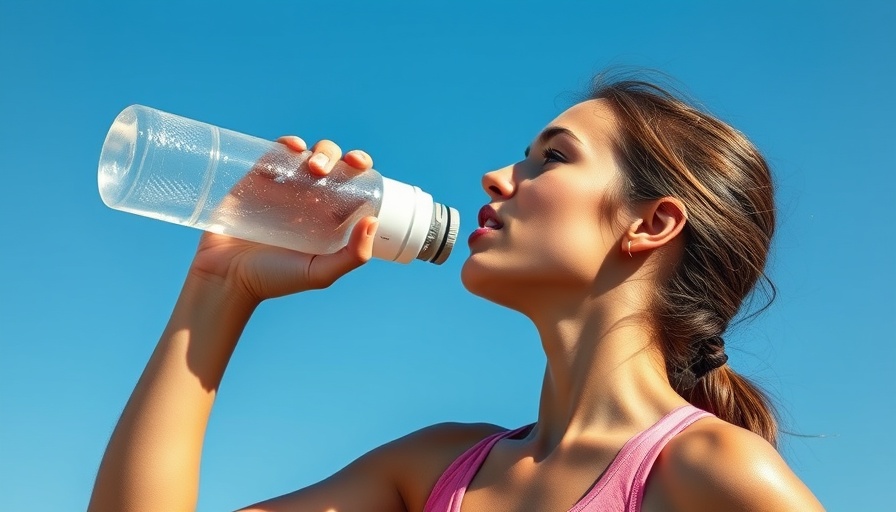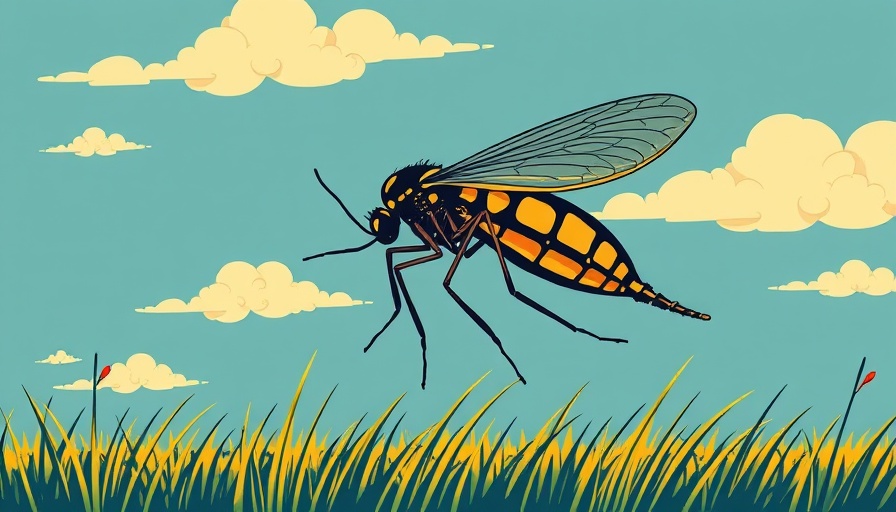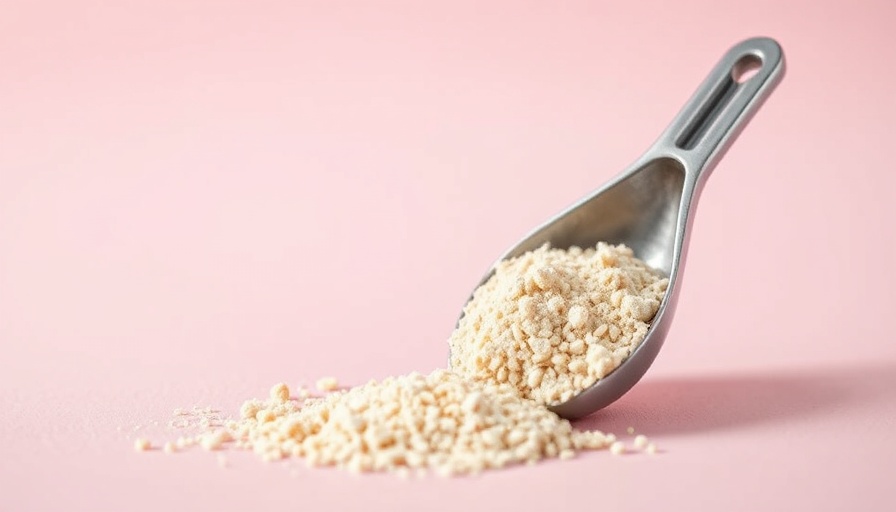
Why Proper Hydration Matters in Hot Weather
As summer temperatures soar and outdoor activities become more enticing, staying hydrated remains a crucial aspect of maintaining health and wellness. When engaging in hot, sweaty workouts, the body's need for hydration increases significantly. Dehydration can lead to fatigue, dizziness, and decreased performance, making it essential for everyone, especially women who juggle many responsibilities, to prioritize their water intake. Understanding the signs of dehydration and how much water you need during workouts can make a world of difference.
Signs You Might Be Dehydrated
Learning to recognize the initial symptoms of dehydration can help you prevent more serious complications. Common signs include dry mouth, headache, fatigue, and dark-colored urine. If you're exercising intensely, you might also notice muscle cramps or feelings of lightheadedness. Women, in particular, can be more susceptible to dehydration due to a variety of factors, including hormonal changes and lifestyle demands. So, remaining vigilant about your body's signals during summer activities is essential.
Effective Hydration Strategies for Outdoor Workouts
One of the best approaches to hydration is to drink water consistently throughout the day, rather than guzzling down a large amount just before or after your workout. Aim for at least 8 glasses of water daily, but this can vary depending on your level of activity and the heat. If you're exercising outdoors, a good rule of thumb is to drink about 16 to 20 ounces of water at least two hours before your workout and another 8 to 10 ounces right before you head out. During vigorous exercise, try to sip fluids every 20 minutes. For longer sessions or particularly hot days, consider sports drinks that replenish lost electrolytes.
The Role of Electrolytes
While plain water is often sufficient, integrating electrolytes into your hydration strategy is beneficial, especially for lengthy workouts. Electrolytes like sodium, potassium, and magnesium help maintain fluid balance and muscle function. Endurance activities that last over an hour often deplete these vital nutrients, leading to muscle cramps and sluggish performance. Look for electrolyte-infused drinks or consider natural options like coconut water or homemade smoothies for refreshing hydration.
Hydration Tips Just for Women
Women may face unique hydration challenges, such as hormonal fluctuations that can influence fluid retention and loss. Special attention should be given to hydration during menstrual cycles, as women may lose more fluids during this time. It's imperative to subtly increase your water intake during these periods, alongside a balanced diet rich in fruits and vegetables, known for their high water content.
Preparing for Outdoor Activities
Before heading out for your workout, consider pre-hydration strategies. This includes consuming water-rich foods such as watermelon, cucumbers, and oranges, which not only contribute to your daily water intake but also offer necessary vitamins and minerals. These foods can keep you feeling refreshed while providing the energy you need for your activities.
Creating Community Connections
Hydration isn't just a personal responsibility; it can also be a community effort! Encouraging friends, family, or workout groups to share hydration tips and reminders can foster a supportive environment. Group activities, like morning runs or yoga sessions in the park, can be enhanced by ensuring everyone brings a water bottle and committing to regular hydration breaks.
Future Fitness Trends: Focus on Hydration
As the health and fitness industries evolve, we're seeing a trend towards personalized hydration solutions, including apps that help track water intake and remind users when it's time to drink. Future innovations may also focus on wearable devices that monitor hydration levels through sweat analysis, providing valuable data for optimal performance during workouts. Staying informed about these developments can empower women to make proactive decisions about their hydration.
Actionable Steps to Hydrate Properly
In conclusion, hydration is not just about drinking water but also about understanding your body's unique needs, especially during the hot summer months. Embrace proactive hydration practices by setting daily water intake goals, choosing hydrating foods, integrating electrolytes when necessary, and fostering supportive hydration habits in your community. As you embark on your outdoor summer workouts, prioritize your hydration and watch how it enhances your energy levels and overall performance.
Ready to dive into a healthier, more hydrated season? Start today by setting a water intake goal and commit to staying refreshed and active. The benefits to your workouts, wellness, and social connections are sure to follow!
 Add Row
Add Row  Add
Add 




Write A Comment